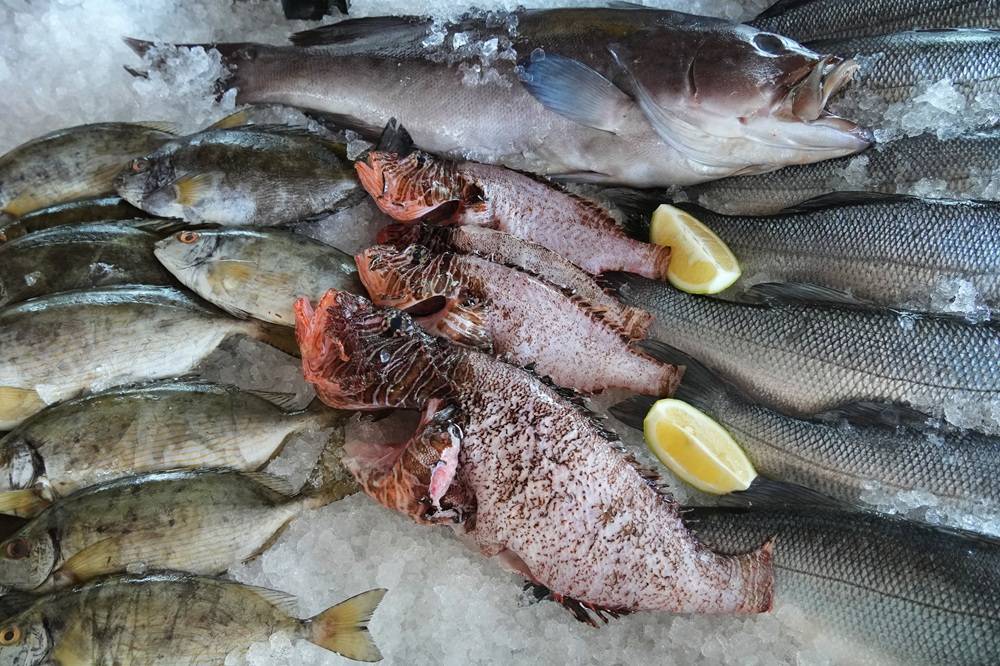It’s either time -- or nearly time -- to start seeds indoors for the upcoming growing season, depending on where you live. But what about starting them outdoors, despite the frozen ground, whipping winds and, perhaps, snow cover?
I’m gearing up to sow tomatoes, beets, herbs and zinnias, among others, in a couple of weeks. But instead of allowing all of them to take over my kitchen counter and spare bedroom for the following six to eight weeks, I’ll be starting some seeds outdoors.
Winter sowing is an easy, low-maintenance technique for planting seeds in miniature, makeshift greenhouses that you can make yourself from upcycled materials. And it may even be better than nurturing seeds indoors, The AP reported.
Left to their own accord, seeds would drop to the ground in late summer or autumn, survive winter, then germinate when the soil and air temperatures are optimal. So why not mimic nature by creating your own, albeit somewhat controlled, version of the process?
What you'll need Forget the heat mats and grow lights. The only materials and equipment you’ll need for winter sowing are suitable containers, potting mix and seeds.
Any food-safe container with a lid that can hold roughly 3 inches of potting mix will do. Plastic milk and water jugs are popular choices, as are takeout containers and clamshell salad packages.
If using plastic jugs, poke holes in the bottom for drainage, then cut them roughly in half horizontally, but not all the way through (allow a section to remain connected to serve as a hinge).
If using shallow, lidded containers, also poke a few holes in their lids for ventilation. For jugs, holes in the top aren't necessary; instead, you will be leaving their caps off.
Add 3 inches of moistened seed-starting mix to shallow containers or the bottom halves of jugs. Avoid using garden soil, which is too dense for seedlings and may harbor pathogens that could threaten their health.
Choosing your plants Not all plants are suitable for winter sowing. Heat lovers, like my tomatoes and zinnias, are best started indoors (or outdoors after the danger of frost has passed) because their sprouts are too tender to withstand low temperatures.
But cold-tolerant herbs, such as parsley, sage and cilantro; cool-season vegetables like spinach, kale, broccoli, beets, lettuce and cauliflower; hardy perennials, such as milkweed, black-eyed Susans and coneflowers; and tough annuals, like pansies and snapdragons are all good candidates.
Now for the sowing... Plant your seeds in the mix, following the depth recommended on their package labels, and snap on container lids or, if using jugs, use duct tape to affix the top and bottom sections back together.
Use a permanent marker to label each container with the type of seed sown within it. You might think you’ll remember which is which come spring, but trust me – you won’t.
Group containers together in a sunny spot that’s somewhat protected from wind, such as against a wall, and leave them be. Snow and rain will water them naturally, and the freeze-thaw cycles of the great outdoors will aid their germination.
Seeds germinate when they’re good and ready. They don’t follow calendars but instead respond to daylengths and temperatures. When seedlings are about 2 inches high and freezing temperatures no longer threaten, remove container lids (or detach the top halves of jugs) during the day to acclimate them to the weather. Cover and reseal the containers at night, when frost could damage or kill them.
When the danger of frost has passed in your horticultural zone, your seedlings will be ready for transplanting into the garden or pots. Since they’ll already be hardened against weather conditions, they will be more resilient and vigorous than their indoor-sown counterparts.










